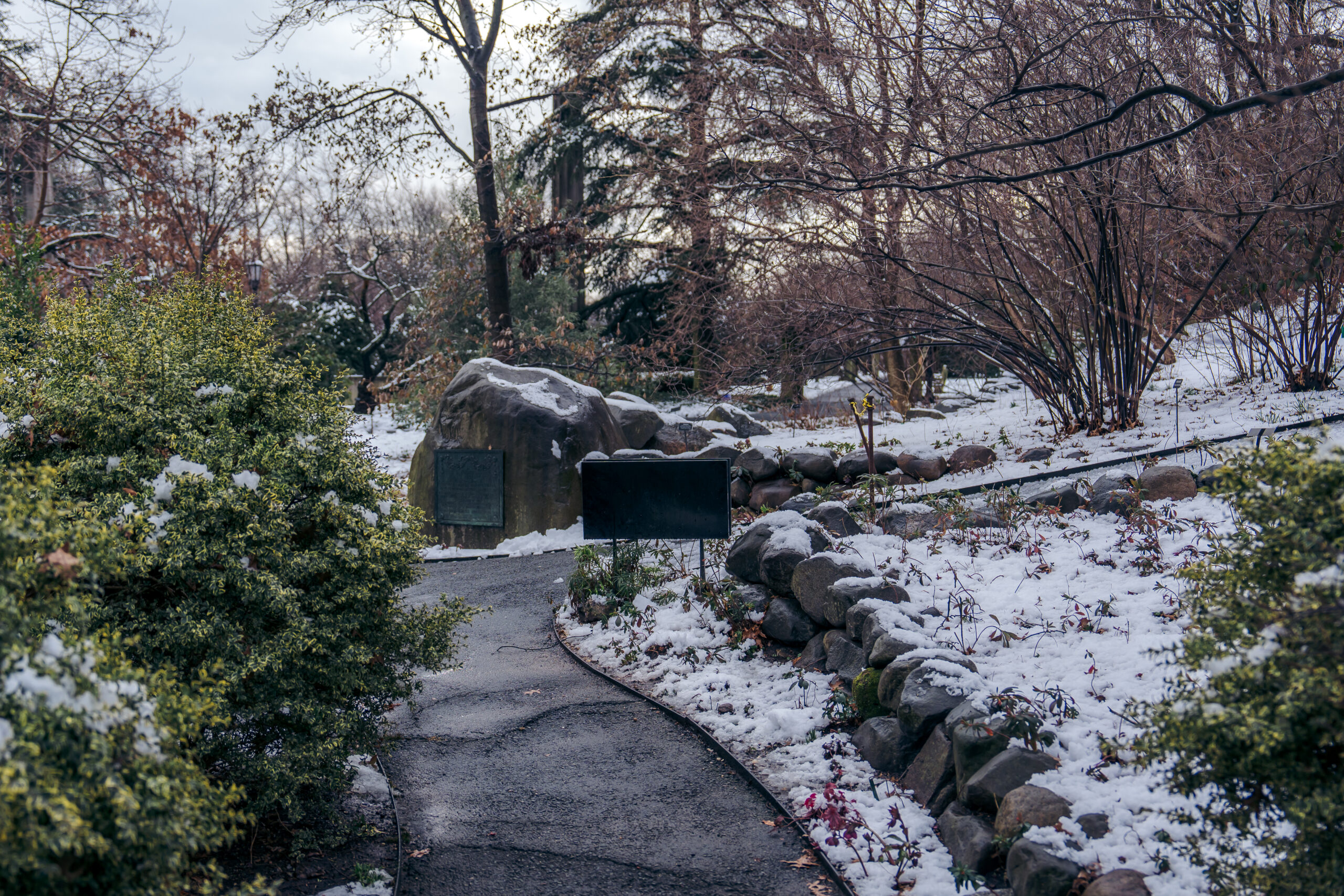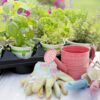When the temperature drops, gardening in winter might seem like a challenge. But, what if you could still grow things even when it’s cold? Cold-weather gardening is more than fighting the cold. It’s about working with nature’s cycles.
Learn from experienced gardener Rick Stone about the art of winter gardening tips. He shares how to use cold frames and mulches to keep your garden going. These methods can turn a cold, empty space into a lush garden. Are you ready to make your garden bloom in winter?
Understanding the Fundamentals of Cold Weather Gardening
Gardening in the cold months is more than just a challenge. It’s a smart way to keep your garden alive and full of life. By using microclimates, you can make areas warmer and protect your plants. These spots are usually near fences or on the sunny side of buildings.
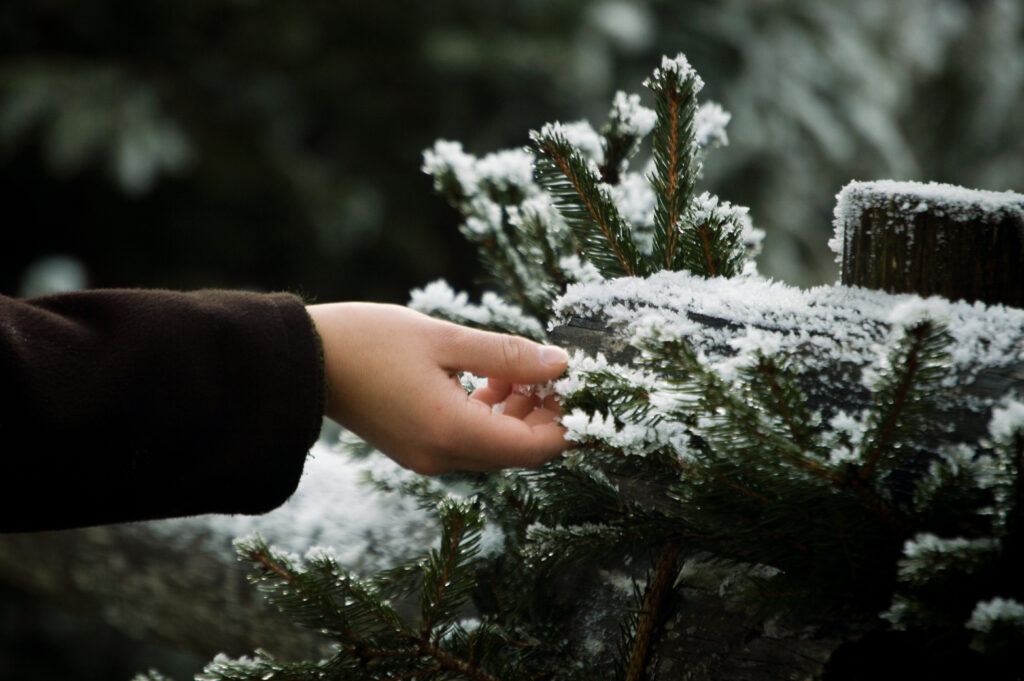
Choosing the right plants is also key. Vegetables like leafy greens and broccoli do well in the cold. They can even survive when it’s as low as 28°F. To grow plants longer, using low tunnels or greenhouses helps keep them warm, even when it’s freezing outside.
To keep your winter garden in top shape, pay attention to your plants’ needs. Remember, it takes time for new plants to grow. Make sure they get enough water, especially in the cold months, focusing on the roots.
Using organic fertilizers can make your soil better without hurting the environment. This is a good way to take care of your garden. Also, plan when you plant based on the weather. For example, planting spinach and lettuce in late February can give them a good start before spring.
Understanding and adapting to the weather helps your garden thrive in winter. By following these tips, you can have a beautiful garden all year, even when it’s cold.
Essential Cold Weather Gardening Strategies
Winter plant care requires smart strategies to protect and care for hardy winter plants. Using cold frames and hoop houses gives plants the insulation they need. These structures create a warm microclimate, letting more plants thrive.
Gardening expert Rick Stone says using multiple protective layers can warm the growing area. This lets more plants grow, even those sensitive to temperature changes.
In managing soil for winter, the right steps can beat winter’s challenges. Adding mulch keeps moisture in, stops weeds, and insulates the soil. This helps control temperature swings that can harm plants.
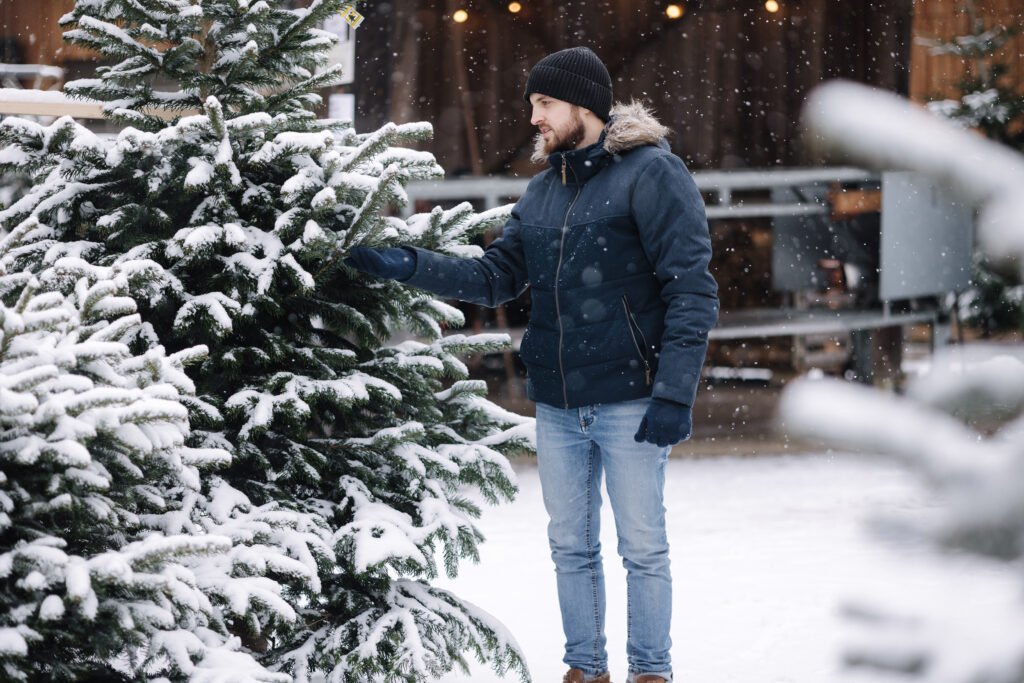
For gardeners on a budget, row covers are a great choice. These fabrics are light and easy to set up. They protect plants from light frost, helping hardy plants like buchu and ericas survive sudden cold snaps.
Starting winter vegetables and flowers early is key. This way, plants grow strong and can handle winter’s harshness. Using advanced protection like the “Wall O Water” lets you plant tomatoes earlier.
Winter gardening also means fighting pests and diseases that thrive in cool, damp weather. Good air flow and moderate watering prevent powdery mildew and root rot. Barriers and organic pest control keep pests like aphids and slugs away, keeping your garden healthy.
Adopt these strategies for a garden that thrives in cold weather. From proper winter plant care to choosing hardy plants, your garden will flourish beyond the usual growing season.
Winter Gardening Tips for Year-Round Harvests
Gardening in winter needs perseverance, planning, and the right skills for a good harvest. It’s key to know when to plant and harvest ideal plant choices. This helps you grow food even in the cold.
Rick Stone, a gardener from Utah, uses the ‘garden as storage’ method. He pulls carrots and other root veggies from the ground even in frost. Carrots take about 60 days to grow. He plants them around October 1, just before the first frost, so they grow well in the cold.
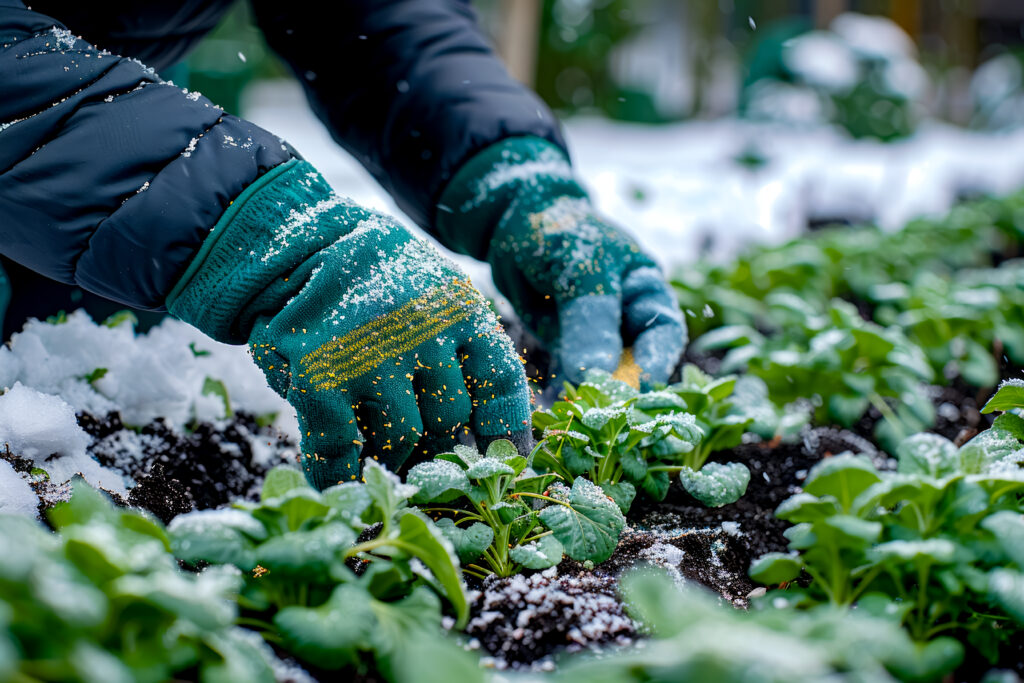
Using spots around your property that stay a bit warmer can help your plants grow. For example, areas on the south side of a house or near fences can be warmer. This is great for growing plants longer and keeping them alive. Plants like kale and spinach do well in these spots.
Rick also starts seeds indoors to save space and keep planting going. This is great for leafy greens like lettuce. When it’s time, he moves them outside. Letting them get used to the cold before planting helps them survive better.
Using cloches and row covers is a key way to protect your plants. These tools keep the plants warm and growing longer into the winter. They make it possible to garden all year, which is important for a steady harvest.
Winter gardening keeps your garden productive and spreads out the work. Rick says some veggies like carrots and beets taste better in the cold. So, winter gardening is not just useful but also tasty.
In conclusion, gardening in winter has its challenges, but with the right planning and tools, it’s rewarding. It gives you fresh food all year and makes the cold months more enjoyable.
Protecting Plants Against Frost and Snow
When frost advisories warn of temperatures between 33-36°F, gardeners must act fast. Experts like Deborah Miuccio, Ginny Rosenkranz, and Todd Carr suggest keeping soil warm to prevent freezing. This is key to keeping harvests going through winter. There are two main types of freezes: advection and radiation. Each type requires different protection to keep plants safe.
Coverings like sheets or frost fabrics help protect plants from frost. Mulch and tunnels also work well for cold-hardy crops like carrots and spinach. Some vegetables, like Brussels sprouts, get better after a frost and taste better too.
To fight pests like cabbageworm, use lightweight fabric covers. These also help with keeping plants warm. Before snow comes, water plants well and cover the ground with straw or leaves. This helps keep the soil warm and prevents plants from drying out.
Knowing when to plant is crucial for a successful garden. Some plants, like early spring bulbs, can handle light frosts. Cool-season vegetables are also tough and can take light frosts.
But don’t plant warm-season vegetables too early. This can damage them. Use cloches and cold frames for delicate plants. Wrap containers with insulation and choose plants that fit your local climate. With careful planning and the right advice, you can keep your garden thriving even in the cold.

